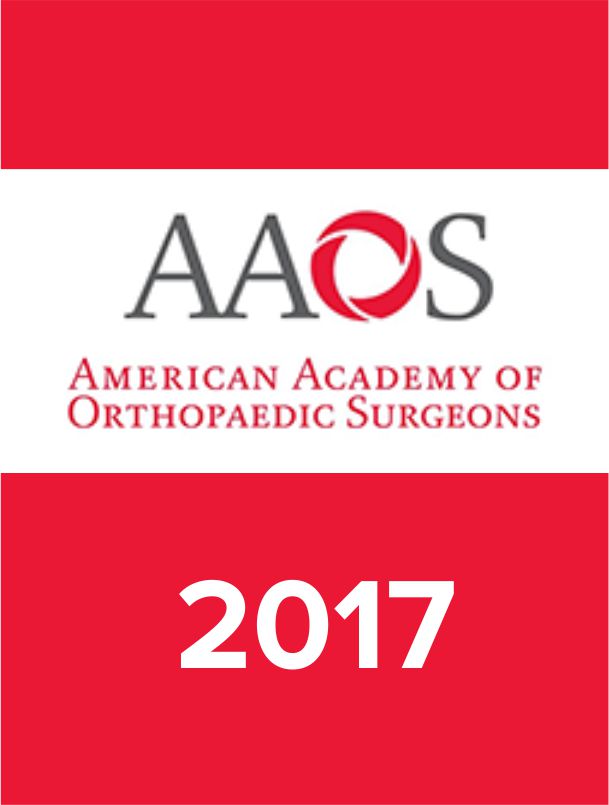
AAOS2017: Continuous vs. single-shot interscalene block after shoulder arthroplasty

AAOS2017: Continuous vs. single-shot interscalene block after shoulder arthroplasty
Single Shot versus Continuous Interscalene Block for Postoperative Pain Control following Primary Shoulder Arthroplasty: A Prospective Randomized Clinical Trial
Did you know you're eligible to earn 0.5 CME credits for reading this report? Click Here
CONFERENCE ACE REPORTS
This ACE Report is a summary of a conference presentation or abstract. The information provided has limited the ability to provide an accurate assessment of the risk of bias or the overall quality. Please interpret the results with caution as trials may be in progress and select results may have been presented.
Synopsis
76 patients scheduled for shoulder arthroplasty were randomized to postoperative analgesia with either a continuous or single-shot interscalene block. Patients were assessed for pain, opioid consumption, the length of stay, and the incidence of adverse events. In addition, patients who were administered continuous infusion were monitored for rate of catheter withdrawal. Results demonstrated signif...
To view the full content, login to your account,
or start your 30-day FREE Trial today.
FREE TRIAL
LOGIN
Forgot Password?
Explore some of our unlocked ACE Reports below!

Learn about our AI Driven
High Impact Search Feature
Our AI driven High Impact metric calculates the impact an article will have by considering both the publishing journal and the content of the article itself. Built using the latest advances in natural language processing, OE High Impact predicts an article’s future number of citations better than impact factor alone.
Continue



 LOGIN
LOGIN

Join the Conversation
Please Login or Join to leave comments.